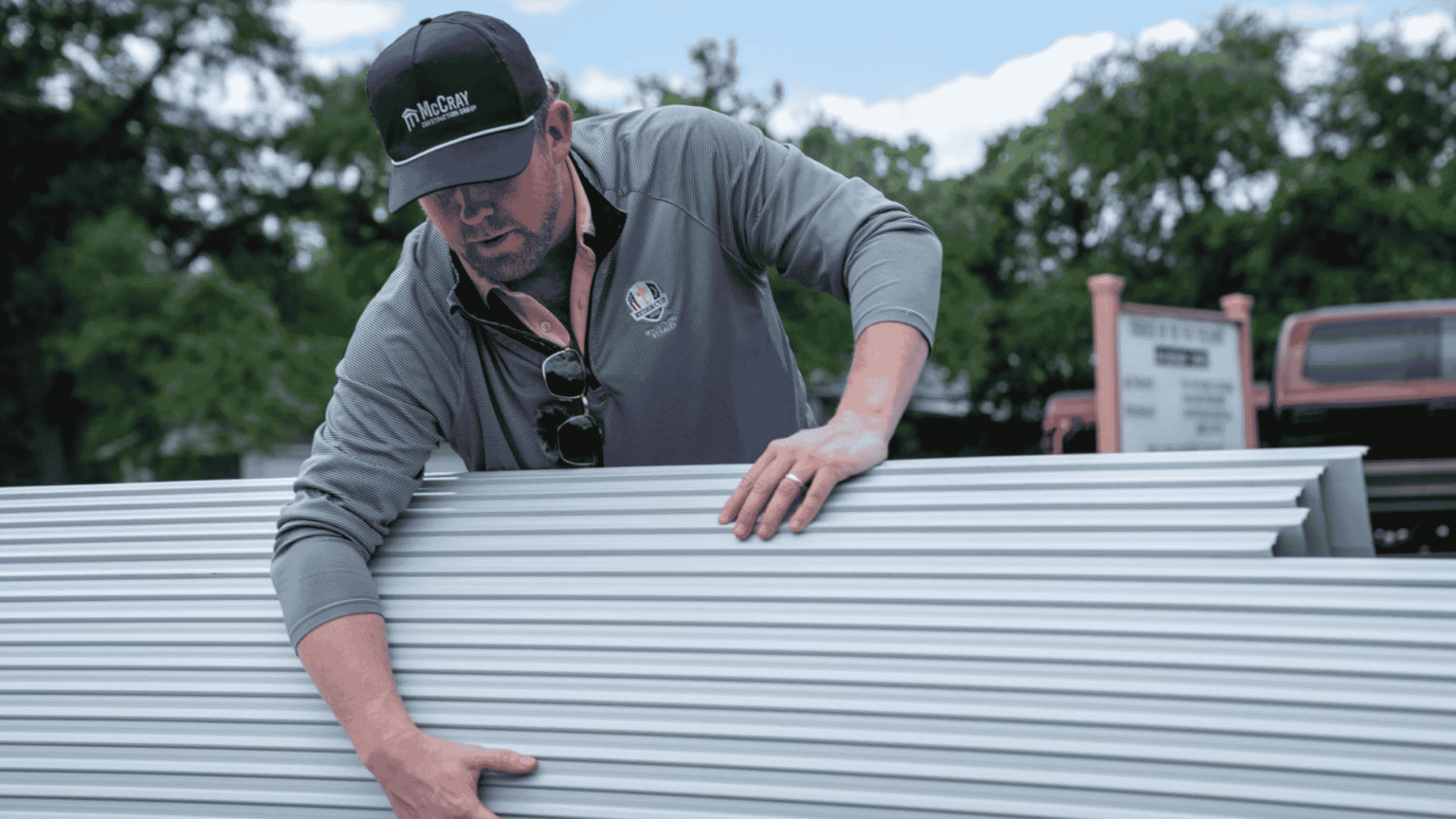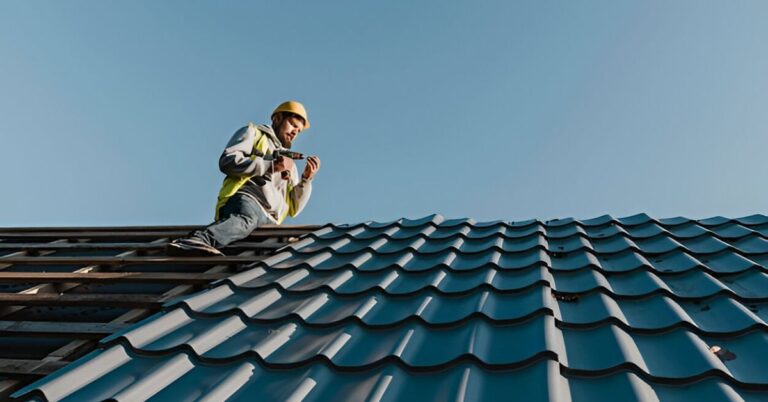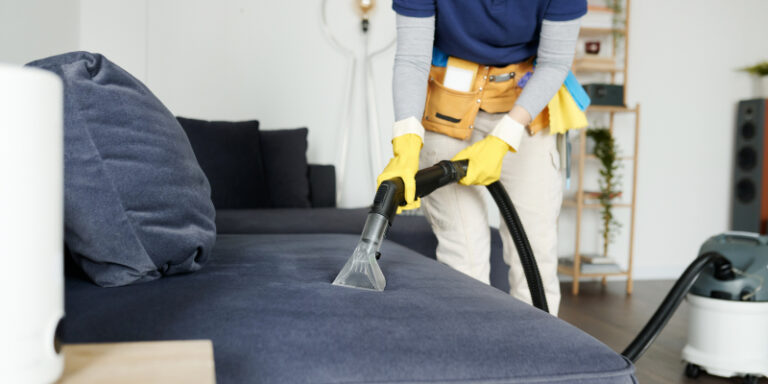Why Metal Roofing Costs More Upfront But Saves You Thousands

When homeowners start researching roofing options, the sticker shock of metal roofing often sends them running back to traditional asphalt shingles. At first glance, choosing the cheaper option seems like common sense. But this knee-jerk reaction overlooks a crucial reality: the true cost of a roof extends far beyond the initial installation price.
Understanding the economics of roofing requires looking beyond the upfront investment to examine long-term performance, maintenance requirements, and hidden costs that emerge over time. Metal roofing represents a fundamentally different approach to home protection—one that prioritizes durability and efficiency over initial affordability.
The question isn’t whether metal roofing costs more initially. It does. The real question is whether that higher upfront cost translates into greater value over the roof’s lifetime. For many homeowners, the answer is a resounding yes.
The Real Numbers Behind Metal Roofing Investment
Most homeowners focus exclusively on installation costs when comparing roofing materials. This narrow view creates a misleading picture of actual expenses. A typical asphalt shingle roof costs between $5,000 and $12,000 for an average home, while metal roofing ranges from $10,000 to $20,000. These numbers alone explain why many homeowners dismiss metal roofing without further consideration.
However, lifespan dramatically changes the cost equation. Asphalt shingles typically last 15-20 years before requiring replacement. Metal roofing, by contrast, can last 40-70 years with minimal maintenance. When you factor in replacement costs, the financial picture shifts considerably.
Consider a homeowner who installs asphalt shingles for $8,000. Over 40 years, they’ll likely replace that roof twice, spending approximately $24,000 (accounting for inflation) plus the cost and inconvenience of multiple installations. The same homeowner investing $15,000 in metal roofing might never need a replacement during their ownership period.
Energy efficiency adds another layer to the cost analysis. Metal roofing reflects solar heat rather than absorbing it, reducing cooling costs by 10-25% during summer months. For homes in hot climates, these savings compound significantly over decades.
Beyond Dollars: The Hidden Costs of Frequent Roof Replacement
Roof replacement involves more than writing a check to contractors. Each replacement cycle brings hidden costs that homeowners rarely anticipate. Landscaping often suffers damage during tear-off and installation. Interior disruption affects daily life for days or weeks. Time spent researching contractors, obtaining permits, and managing the project represents an opportunity cost that’s difficult to quantify but very real.
Multiple roof replacements also mean multiple opportunities for installation errors, weather delays, and contractor disputes. Each replacement cycle resets the warranty clock but also introduces new variables and potential problems. Companies like McCray Construction Group understand these challenges and often recommend metal roofing to clients who want to minimize long-term disruption.
Insurance considerations add another dimension to the cost equation. Many insurance companies offer discounts for metal roofing due to its superior resistance to weather damage, fire, and impact. These annual savings might seem small individually, but they accumulate substantially over decades.
Environmental Impact Drives Long-Term Value
Sustainability concerns increasingly influence homeowner decisions, and metal roofing delivers significant environmental advantages. The manufacturing process for asphalt shingles consumes petroleum products and generates substantial waste. When shingles reach end-of-life, they typically end up in landfills where they persist for decades.
Metal roofing often contains recycled content and remains fully recyclable at end-of-life. The longer lifespan means fewer resources consumed over time and less construction waste generated. For environmentally conscious homeowners, these factors represent value that extends beyond personal financial benefit.
Energy efficiency improvements also reduce environmental impact. Lower cooling costs mean reduced energy consumption and smaller carbon footprints. Over a metal roof’s 50-year lifespan, the cumulative environmental benefit becomes substantial.
Weather Resistance Creates Predictable Costs
Climate change brings increasingly severe weather events, making roof durability more critical than ever. Metal roofing’s superior performance during storms, high winds, and extreme weather translates into lower risk of emergency repairs and insurance claims.
Asphalt shingles become brittle over time and vulnerable to wind damage, especially as they age. Granule loss reduces their effectiveness, and thermal cycling causes gradual deterioration. These factors create unpredictable maintenance costs and potential for sudden failure during severe weather.
Metal roofing maintains its structural integrity throughout its lifespan. Properly installed metal roofs resist wind speeds up to 140 mph and show minimal degradation over decades. This predictability allows homeowners to budget with confidence and avoid emergency roofing expenses.
Professional installation companies like McCray Construction Group emphasize the importance of proper installation techniques to maximize these weather resistance benefits. Their expertise ensures that homeowners realize the full value of their metal roofing investment.
Making the Financial Decision That Works
The choice between immediate savings and long-term value depends on individual circumstances. Homeowners planning to sell within a few years might reasonably choose lower-cost options. Those planning long-term ownership should carefully evaluate total lifetime costs rather than focusing solely on upfront expenses.
Financing options can help bridge the gap between initial cost and long-term value. Many contractors offer financing programs that spread the cost over several years, making monthly payments comparable to the money that would be saved on a cheaper roof when factoring in energy savings and reduced maintenance.
The age of current homeowners also influences the calculation. Younger homeowners benefit most from metal roofing’s longevity, while older homeowners might prioritize lower upfront costs. However, metal roofing’s appeal to buyers can increase home resale value, partially offsetting the higher initial investment.
Your Next Step Toward Smarter Roofing
Investing in metal roofing offers a strategic advantage for homeowners focused on long-term value, energy efficiency, and durability—rather than just minimizing upfront costs.
While initial installation may be higher, the total cost of ownership often proves far lower when factoring in extended lifespan, minimal maintenance, and potential energy savings. For property owners who look beyond short-term numbers, the return is compelling.
Working with experienced contractors is essential to maximizing these benefits. McCray Construction Group provides expert guidance, including detailed cost analyses tailored to your property, climate conditions, and performance goals.
Before finalizing your decision, request a full comparison that accounts for lifespan, maintenance, and energy impact. In many cases, metal roofing delivers real financial and functional benefits that traditional materials simply can’t match.






